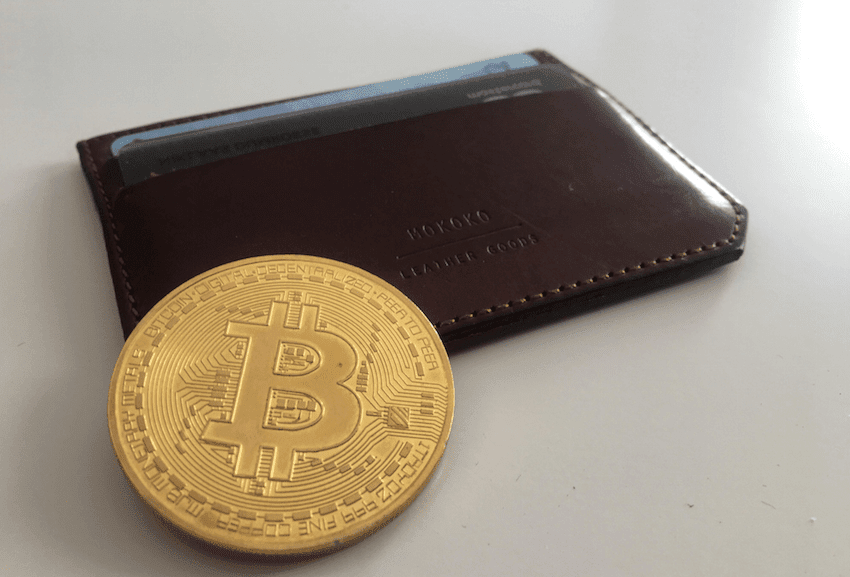Unlike physical money, storing your cryptocurrency is a little more complicated. BUT! Do not fret, we will tell you what you need to know to start storing your cryptocurrency. First off, you need to get a crypto wallet. What’s that? A crypto wallet or cryptocurrency wallet is a secure digital wallet used to store, send, and receive digital currency. You will need one in order to do anything with any cryptocurrency. Some of the different cryptocurrencies, like Bitcoin and Litecoin, have their own official crypto wallets and there are third-party wallets out there as well. It would be best to do some research on the wallet best suited for your needs.

Crypto Wallet Types
Now, crypto wallets can be broken down into three different categories: software, hardware, and paper. We will break down the different categories so you can get a better understanding of each of them.
Software
Software wallets can be stored on a desktop, mobile app, or online based. A good way to think of a software wallet is an email account. You can use your email downloaded onto your desktop, on a mobile app, or directly online. Here are some of the differences and pros and cons of the software wallets.
- A Desktop Crypto Wallet is downloaded straight onto the PC or laptop. It is only accessible from the single computer that it was downloaded. This is great because it is offline, and not easy to hack since it is not connected to the internet. The con is that it is susceptible to viruses or malware if your computer somehow gets infected, potentially running the risk of losing your money or locked out of your wallet for good.
- Mobile App Crypto Wallets are pretty self-explanatory. They are an app that is downloaded on your phone. It is much smaller and simpler to use because of the storage space and the amount that it can be done on the mobile.
- An Online Crypto Wallet is for when you have your wallet stored online. It is regulated by a third-party usually and is stored on a cloud-like system. Good thing is that you can access it everywhere, but you need to make sure you practice good and safe internet security so you do not get hacked. For example, CoinPayments is a popular online wallet.
Hardware
Hardware wallets are actually physical. They store your private and public key, think of these as passwords or access codes, on an external device, like a USB. To use one, it is fairly simple. You take your device → plug it into an internet accessible device → connect to the internet → enter your pin → send/receive currency→ and confirm. This is a fairly secure way of creating transactions since the money is offline and away from potential internet danger. A user just needs to remember where they keep their device!
Paper
Lastly is the Paper Crypto Wallet. Paper wallets have been designated the “safest” way for digital money transactions because it is a cold wallet that is stored completely offline. Think about it, can you hack a piece of paper? The keys are printed in the form of
QR codes
QR codes to be scanned for future use and transactions. The owner of the codes needs to keep them secure and hidden.

This would be your private key QR code to keep and access your crypto wallet. It is important to keep this hidden away from others.
Private key code: 1c5R4Nf9jL3fshHodzuYhboolr93oQsQaHoLcZoghs2j940an3FsaE
This would be your public key QR code to share with others for transactions. This is the code that would be scanned.
Public key code: 19hifA3h8bdeSha9302mnrZih3p09VL
Once you have one of the above, you are ready to start storing, sending, and/or receiving cryptocurrency!
*These QR codes and key codes were fictionally made for the purposes of this article.
How does a Crypto Wallet work?
Follow this link for more information on how a Crypto Wallet works!

